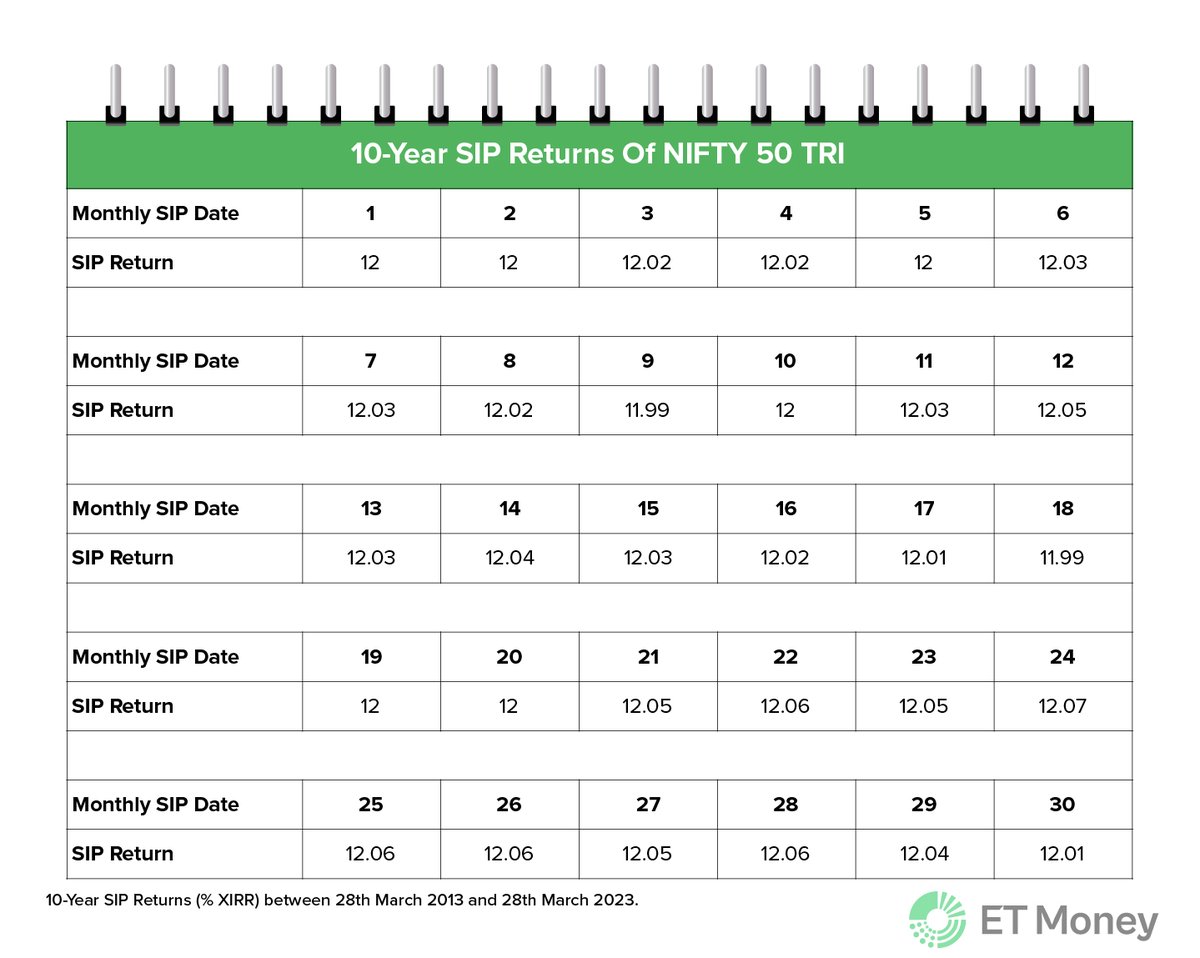Now may be a good time to invest in SGBs.
Reason: You can get them at over 8% discount on exchanges.
We have observed a trend. When there’s an #SGB issue by RBI, prices rise in the secondary market.
But now, as there’s no new issue, they are cheaper.
A 🧵 on tips to buy SGBs
Reason: You can get them at over 8% discount on exchanges.
We have observed a trend. When there’s an #SGB issue by RBI, prices rise in the secondary market.
But now, as there’s no new issue, they are cheaper.
A 🧵 on tips to buy SGBs

Currently, there are 63 SGB issues listed on the exchanges.
But you cannot just buy the units of an issue that are trading at the maximum discount.
Why? They may not have enough trading volume.
Check the table for the volume of SGBs available at the highest discount.
But you cannot just buy the units of an issue that are trading at the maximum discount.
Why? They may not have enough trading volume.
Check the table for the volume of SGBs available at the highest discount.

What’s the takeaway here?
Don’t just go for SGB tranches available at the maximum discount.
Look for trade volumes as well.
The table below shows the issues with the highest traded volume.
Don’t just go for SGB tranches available at the maximum discount.
Look for trade volumes as well.
The table below shows the issues with the highest traded volume.

For a better understanding, let’s take the case of the SGBD29VIII issue.
This tranche had the highest trading volume on Apr 6.
We also looked at its historical trading volume and found out that this issue has seen decent trading volume (See Graph)
This tranche had the highest trading volume on Apr 6.
We also looked at its historical trading volume and found out that this issue has seen decent trading volume (See Graph)

You can do your own research to pick SGB issues.
But here’s a practical tip to buy SGB on exchanges:
Either Quote the seller’s asking price or the last traded price.
Else, your transaction may or may not go through.
After all, a seller should agree to your price.
But here’s a practical tip to buy SGB on exchanges:
Either Quote the seller’s asking price or the last traded price.
Else, your transaction may or may not go through.
After all, a seller should agree to your price.
We have done a thread on SGBs earlier.
Please give it a read to learn more about SGBs.
Please give it a read to learn more about SGBs.
https://twitter.com/ETMONEY/status/1633084916014661638?s=20
We put a lot of effort into creating such informative threads.
So, if you find this useful, show some love. ❤️
Please like, share, and retweet the first tweet.
So, if you find this useful, show some love. ❤️
Please like, share, and retweet the first tweet.
Correction: The gold and SGB prices quoted in the first image are per 1 gram, not 10 grams.
• • •
Missing some Tweet in this thread? You can try to
force a refresh

 Read on Twitter
Read on Twitter










